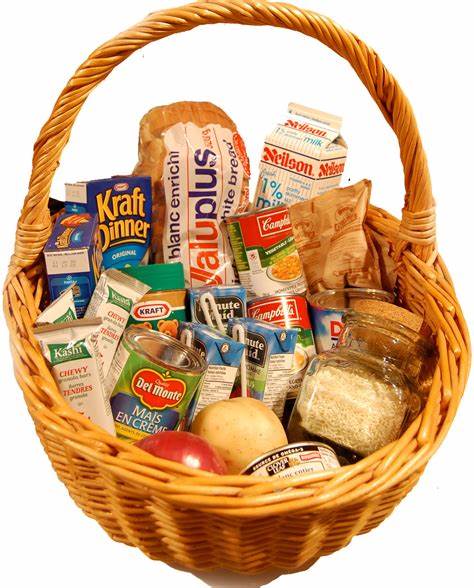Zimbabwe’s FDL Rises By 6pc In January

The cost of meeting basic food needs for a single person in Zimbabwe increased by six percent in January, reaching ZiG861,14 from ZiG805,95 in December 2024, according to data from the Zimbabwe National Statistics Agency (Zimstat).
The Food Datum Line (FDL) represents the minimum amount of money an individual requires to afford a daily energy intake of 2 100 calories.
The increase reflects rising food prices, which have been a key driver of inflationary pressures in the country.
During the same period, the Total Consumption Poverty Line (TCPL), which measures the minimum income required to cover both food and non-food essentials, also surged. In January, the TCPL stood at ZiG1 255,78, up from ZiG1 156,67 in December. This means an individual needed at least that amount to avoid being classified as poor.
“The FPL for one person in January 2025 was ZiG861,14 — this means that the minimum needs basket cost that much per person in January 2025.
The TCPL for one person was ZiG1 255,78 in January 2025. This means that an individual required that much to purchase both non-food and food items as at January 2025 in order not to be deemed poor,” Zimstat said in its report.
Economic analysts attribute the increase in the FDL to several factors, including rising consumer prices. Inflation in Zimbabwe accelerated in January, driven largely by higher costs for food and non-alcoholic beverages.
According to Zimstat, monthly inflation surged to 10,5 percent in January from 3,7 percent in December. In US dollar terms, the Consumer Price Index (CPI) increased by 11,5 percent, a sharp rise from 0,6 percent in December.
Zimbabwe operates under a dual currency system, where both the ZiG and the US dollar are used for transactions. The high level of informality in the economy has contributed to the widespread use of foreign currency.
Some analysts suggest that the Government’s crackdown on illegal imports has played a role in rising prices.
The reduction in supply of cheaper, illegally imported goods has increased demand for locally available products, pushing prices higher. Additionally, formalizing imports means these goods now incur duties, which businesses pass on to consumers.




